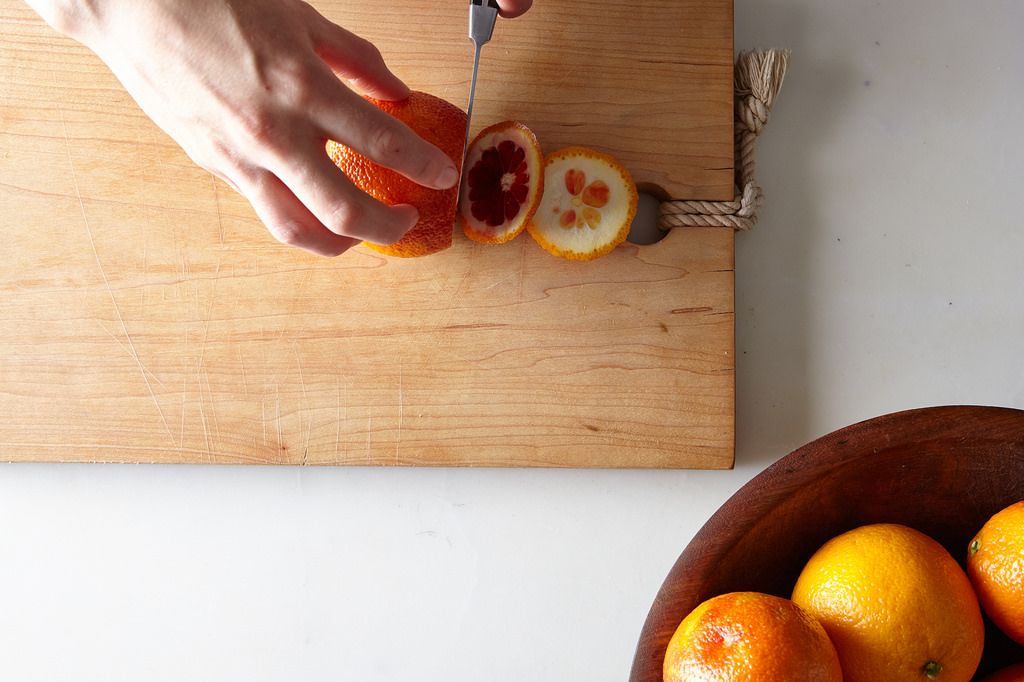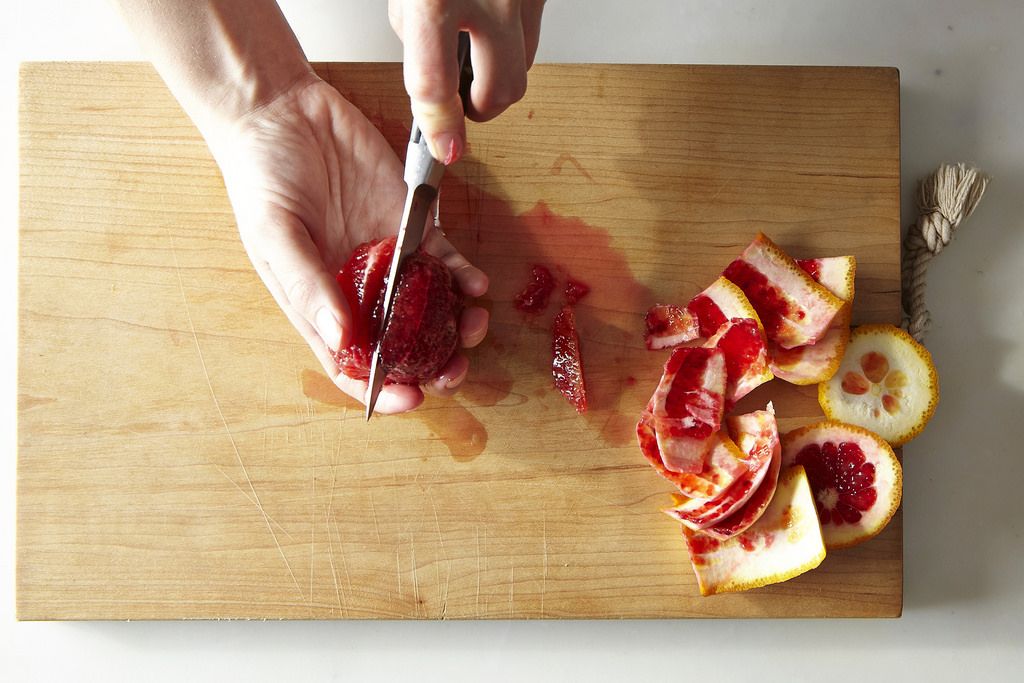Popular on Food52
6 Comments
mikey
January 22, 2022
A slender blade does the trick. For the most part, once the peel and outermost pithy white, stringy have been removed with a sharp blade, a dull blade, or even a table knife (like butterknife) will slip the segments out and not be as likely to cut the delicate segments. Varies with the ripeness and moisture of the citrus to. Practice is best and work out your own technique. Joan is correct about catching all the extra juice and using it somewhere (or drink it-You paid for it!)
Lauren K.
February 22, 2017
A pastry chef (formerly of Chez Panisse) taught me to use a bread knife, and I now exclusively use that approach. I find it's quicker, but maybe that's just me?
JohnSkye
February 21, 2017
i use a 7-8 santuku to take off the rind, then a small, ceramic paring knife for the segments ... works great!
CarlaCooks
January 27, 2015
In culinary school, we were told to use a fillet knife for cutting off the peel/membrane. The flexibility of the fillet knife allows it to follow the curves of the fruit.
Joan -.
January 21, 2015
A friend showed me this method on a camping trip years ago. I think of her and that outing every time I make citrus salad (which is pretty often in the winter). Catching the escaping juice is a great benefit as it contributes so much to the vinaigrette. I like to use a flexible cutting surface so I can "drain" the juice into the measuring cup between fruits.
A boning knife is an excellent choice for this task.
A boning knife is an excellent choice for this task.
Rebecca @.
January 20, 2015
I actually saw some blood oranges on sale this week at our local international market. I'm thinking blood orange panna cotta maybe with some fresh segments on top? Thanks for sharing the guide!










See what other Food52 readers are saying.